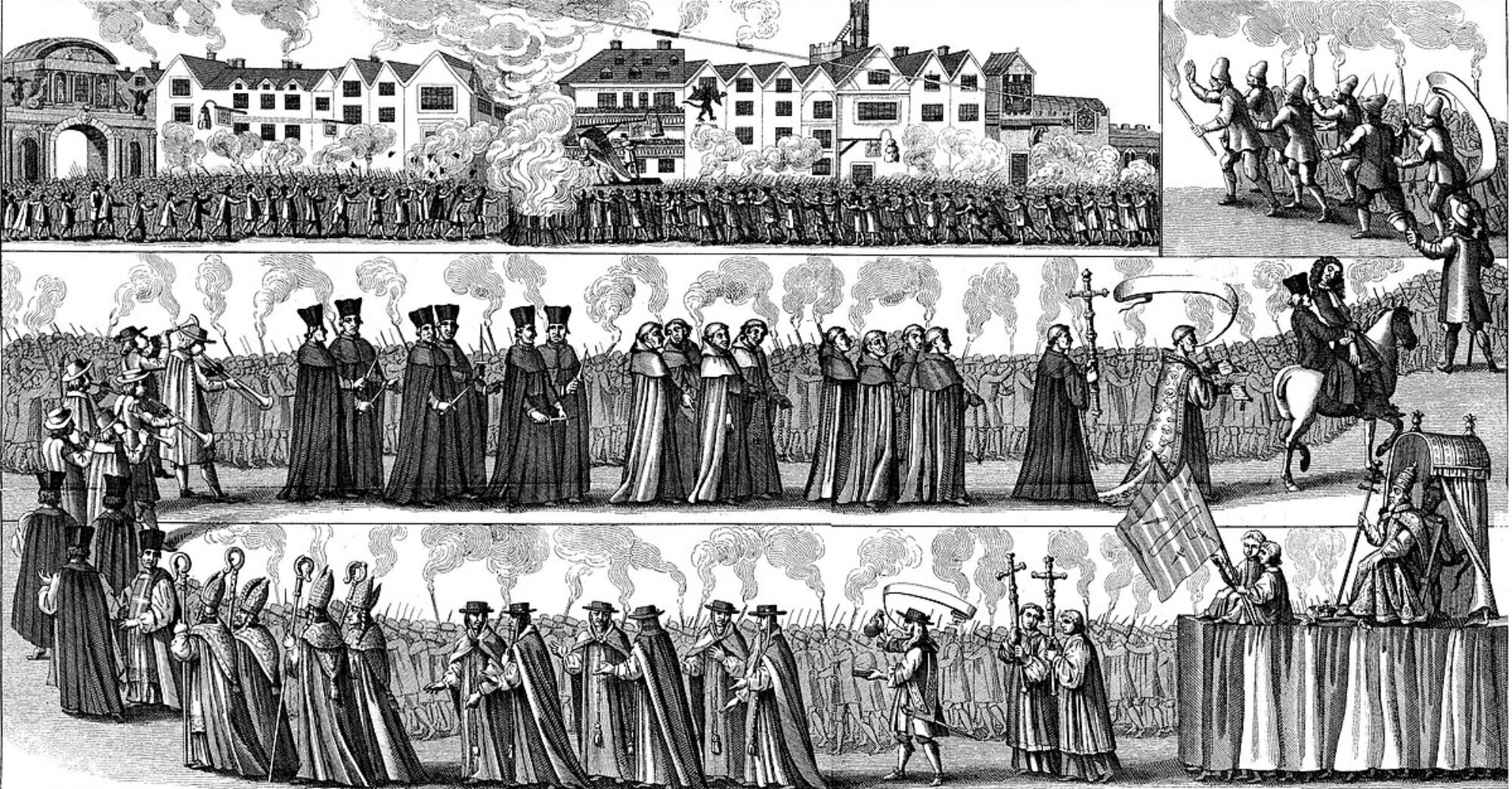A wormhole is a topological feature of spacetime which essentially links two locales in the universe. Perhaps the most famous (and one of the first examples) considered by physicists is the so-called “Einstein-Rosen bridge.” This is a solution to the vacuum Einstein equations in which one pastes two Schwarzschild solutions together in such a way that there is a link between one part of the universe and another part of the universe. Here is a nice picture:
Most people, when they think about wormholes, think about science fiction stories where wormholes are used for traveling between distant locales. Go in one throat of the wormhole and come out on the other side of the universe. Sounds like fun!
Wormhole solutions in general relativity are, however, pretty nasty. In particular they require “negative energy densities.” There is also the interesting problem that wormholes lead to time travel. Consider creating a wormhole where the wormhole connects two neighboring regions. Now take one of the wormhole throats, on a trip over to Alpha Centari and back. Then there will be a twin paradox between the throats: one of the throats will be older than the other. Thus we can use the throat to travel back in time.
Today I was reading Einstein and Rosen’s original paper [Phys. Rev. 48, 73–77 (1935)]. What was interesting to me was not so much the solution but the reason Einstein and Rosen were interested in their solution.
In spite of its great success in various fields, the present theoretical physics is still far from being able to provide a unified foundation on which the theoretical treatment of all phenomena could be based. We have a general relativistic theory of macroscopic phenomena, which however hirtherto been unable to account for the atomic structure of matter and for quantum effects, and we have a quantum theory, which is able to account satisfactorily for a large number of atomic and quantum phenomena but which by its very nature is unsuited to the principle of relativity. Under these circumstances it does not seem superfluous to raise the question as to what extend the method of general relativity provides the possibility of accounting for atomic phenomena. It is to such a possibility that we wish to call attention in the present paper in spite of the fact that we are not yet able to decide whether this theory can account for quantum phenomena.
Here we see Einstein and Rosen proposing that quantum theory is a consequence of general relativity! In particular what Einstein and Rosen were most interested in for their solution was that one could have solutions to the vacuum Einstein equations which had no singularities but which had some resemblence to (two) particles with mass. In fact Einsten and Rosen even conjecture that the throats of the Einstein-Rosen bridge could be neutral particles like a neutron or a neutrino!
One of the most interesting questions to ponder is what would Einstein’s reaction have been to Bell inequality violations by quantum theory. John Bell was able to show that correlations produced between spacelike separated quantum systems cannot in general be explained by local degrees of freedom carried with these systems. Reading the Einstein-Rosen paper, in which nontrivial topology is introducted without blinking, I’m inclined to think that Einstein would have thought of Bell’s result not as invalidating “classical” reasoning about quantum theory, but instead as a validation of the point of view advocated in this paper: that quantum theory is a consequence of a topological extension of general relativity.

